Building of the Day: 170 Adelphi Street
Brooklyn, one building at a time. Name: Originally Centennial Baptist Church, then Central Baptist Church, now Institutional Church of God In Christ Address: 170 Adelphi Street Cross Streets: Myrtle and Willoughby Avenues Neighborhood: Fort Greene Year Built: 1885-1886 Architectural Style: Queen Anne Architect: L. B. Valk Other works by architect: Churches in Brooklyn, as well…
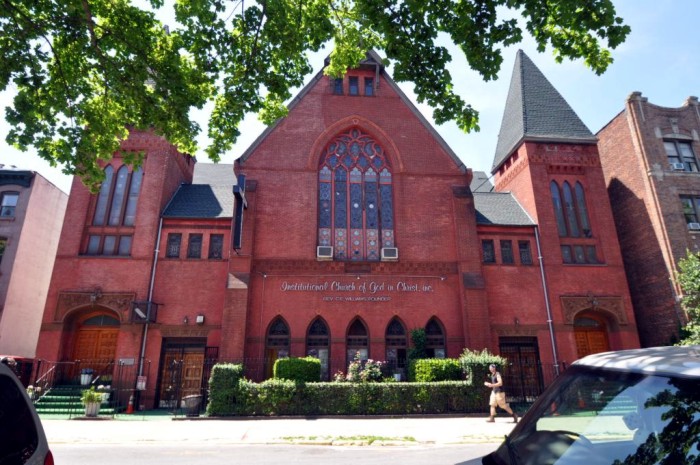

Brooklyn, one building at a time.
Name: Originally Centennial Baptist Church, then Central Baptist Church, now Institutional Church of God In Christ
Address: 170 Adelphi Street
Cross Streets: Myrtle and Willoughby Avenues
Neighborhood: Fort Greene
Year Built: 1885-1886
Architectural Style: Queen Anne
Architect: L. B. Valk
Other works by architect: Churches in Brooklyn, as well as houses on 7th Avenue, near Sterling Place, including Lillian Ward house, in Park Slope.
Landmarked: No, in proposed FG Expansion District. Church is on the National and State Register of Historic Places as part of the Fort Greene District.
The story: The Centennial Baptist Church was founded in 1875, and took its name from the upcoming celebration of the nation’s one hundredth birthday. They started out in a small chapel on Clinton Avenue, but they had over 400 hundred people join the church in its first three years, so they needed to expand. Looking around for a building, they decided to buy the Clermont Avenue Rink, which was a very popular local skating rink and events space on Clermont, near Willoughby Avenue. They turned the rink into a house of worship, and that was their church between 1879 and 1884. The Rev. Dr. Justin D. Fulton was the first pastor of the church, and wanted to call the new building “The Peoples Church at the Rink,” which would be open to all, regardless of race, color or background.
The Rink turned out to be a very desirable building, and there were buyers interested in turning it back into a rink, so in 1884, the church sold it, getting enough money from the sale to purchase a new plot of land on Adelphi Street, and build a new church. The new Centennial Baptist laid its tablet stone in the center of the front of the church building, in 1885. Inside was a photograph of President Ulysses S. Grant, and three different translations of the Bible. The ceremony was led by Rev. Dr. Fulton, and many of the area’s other clergy, as well as the trustees, and neighbors and well-wishers, some of whom stood on the roofs of nearby buildings to watch.
The church was designed by Lawrence B. Valk, one of Brooklyn’s most prolific Protestant church architects. He was responsible for many churches in Brooklyn, as well as throughout the country. He even wrote a book about church architecture in 1873 codifying his practice and philosophy, called appropriately “Church Architecture.” His Brooklyn buildings include churches for the Talmage Tabernacles, St. Andrew’s Episcopal in Sunset Park, 6th Avenue Baptist and St. Matthew’s Lutheran in Park Slope, the New Utrecht Parish Hall, the Bethel 7th Day Adventist Church in Bedford Stuyvesant, and a row of homes on 7th Avenue in Park Slope which includes the iconic Lillian Ward house on the corner of 7th and Sterling Place.
The Centennial Baptist Church, like all of Valk’s churches, is wonderfully eclectic. He rarely repeated himself; this one is a beautiful brick and terra-cotta Queen Anne style church, with an impressively massive frontage. I think this is his best church, it’s really gorgeous. Unlike many major churches, this one is midblock, not on the corner, and is quite a site to walk up on. It’s a warm, inviting brick church, with towers of all sizes popping up on both sides as entrances, as well as in the back, creating a series of peaked rooflines that is quite interesting, and eye pleasing. He designed tall simplified Gothic windows in the side towers, and a large central Gothic arched stained glass window for the center of the church.
Inside, the church conforms to the ideal of the auditorium church, a popular feature of American Protestant churches, where the center of attention is the pulpit, and the seating is arranged theater style, in a semi-circle, to best give the congregation clear sightlines and attention. The organ is also prominent in this design, and is usually rising up behind the pulpit or in a prominent place to the side.The church has rooms for Sunday School, as well as the pastor’s study, and lecture rooms, rest rooms, etc.
In 1896, Centennial Baptist and Central Baptist decided to merge. Central Baptist’s church was located on Bridge Street, near Myrtle, and that area had grown from residential to commercial, as the 19th century progressed, with factories and warehouses taking over the surrounding blocks. The merger created a new church which stayed in the Centennial Baptist building but took the Central Baptist name.
The church remained Central Baptist until it was purchased by the Institutional Church of God in Christ, an African American Pentecostal church. They started out as a small storefront church in 1951, which grew rapidly, and they purchased this building in 1954.The church grew in this increasingly African American neighborhood, and has been a source of social and cultural pride for over 50 years. It’s choir has been spreading the Word almost as long. The Institutional Radio Choir is one of the best gospel choirs in New York City and has recorded at least 27 albums, and has traveled all over the world. GMAP
(Photograph: Christopher Bride for PropertyShark)
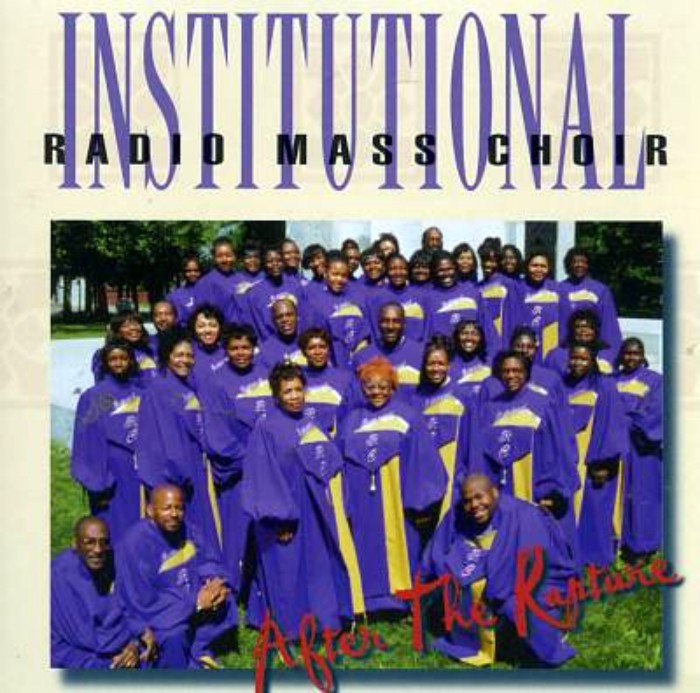


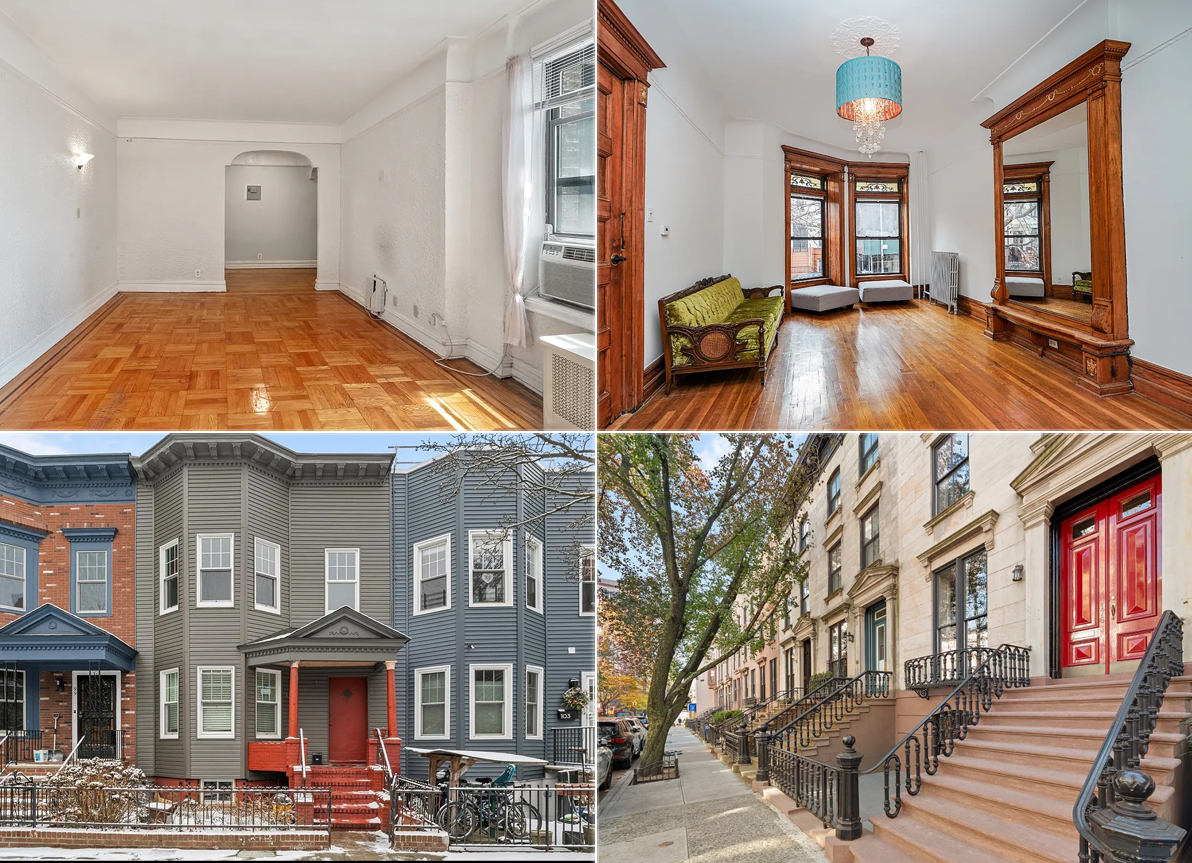
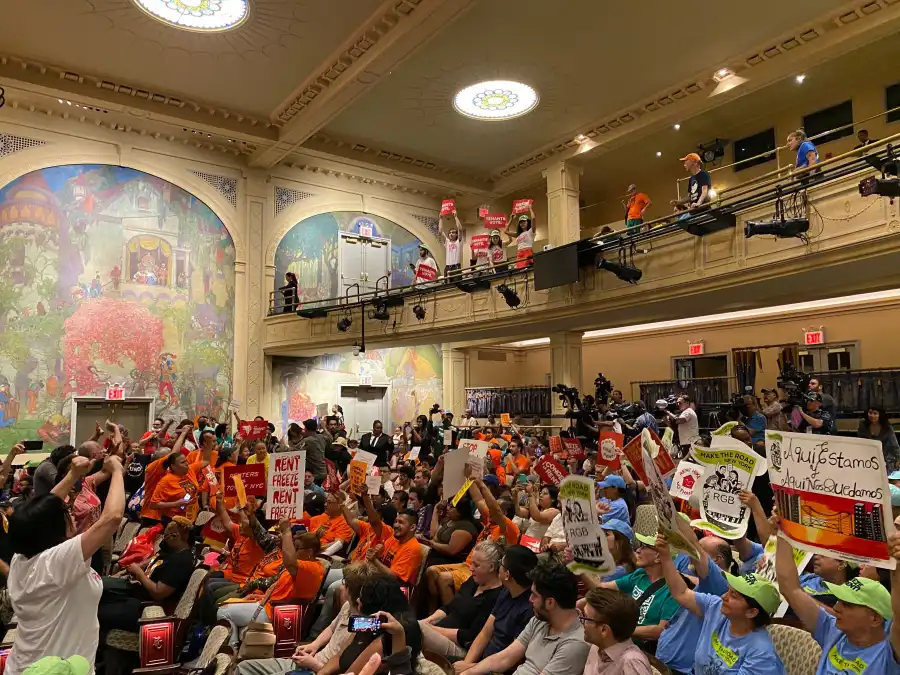
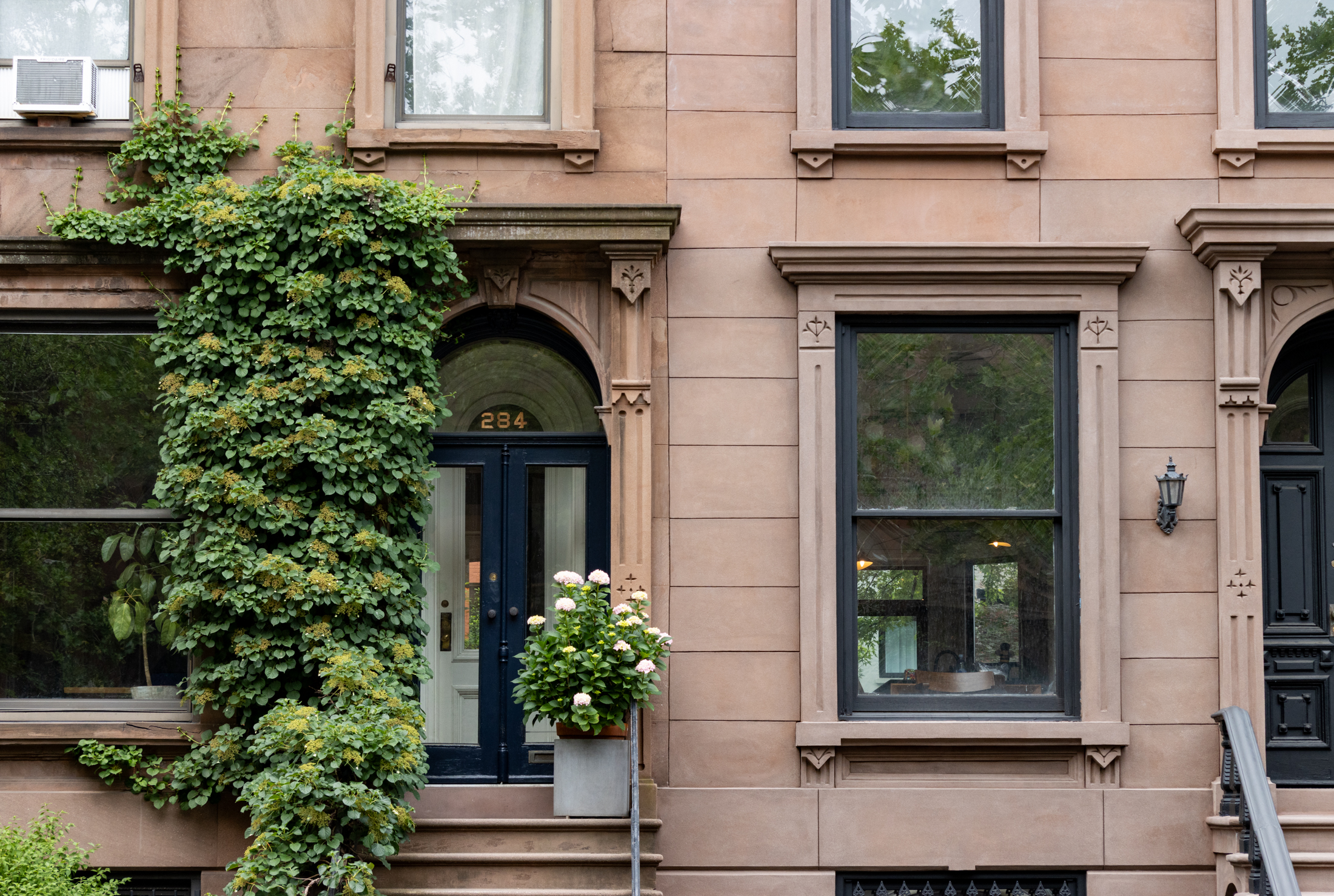
What's Your Take? Leave a Comment